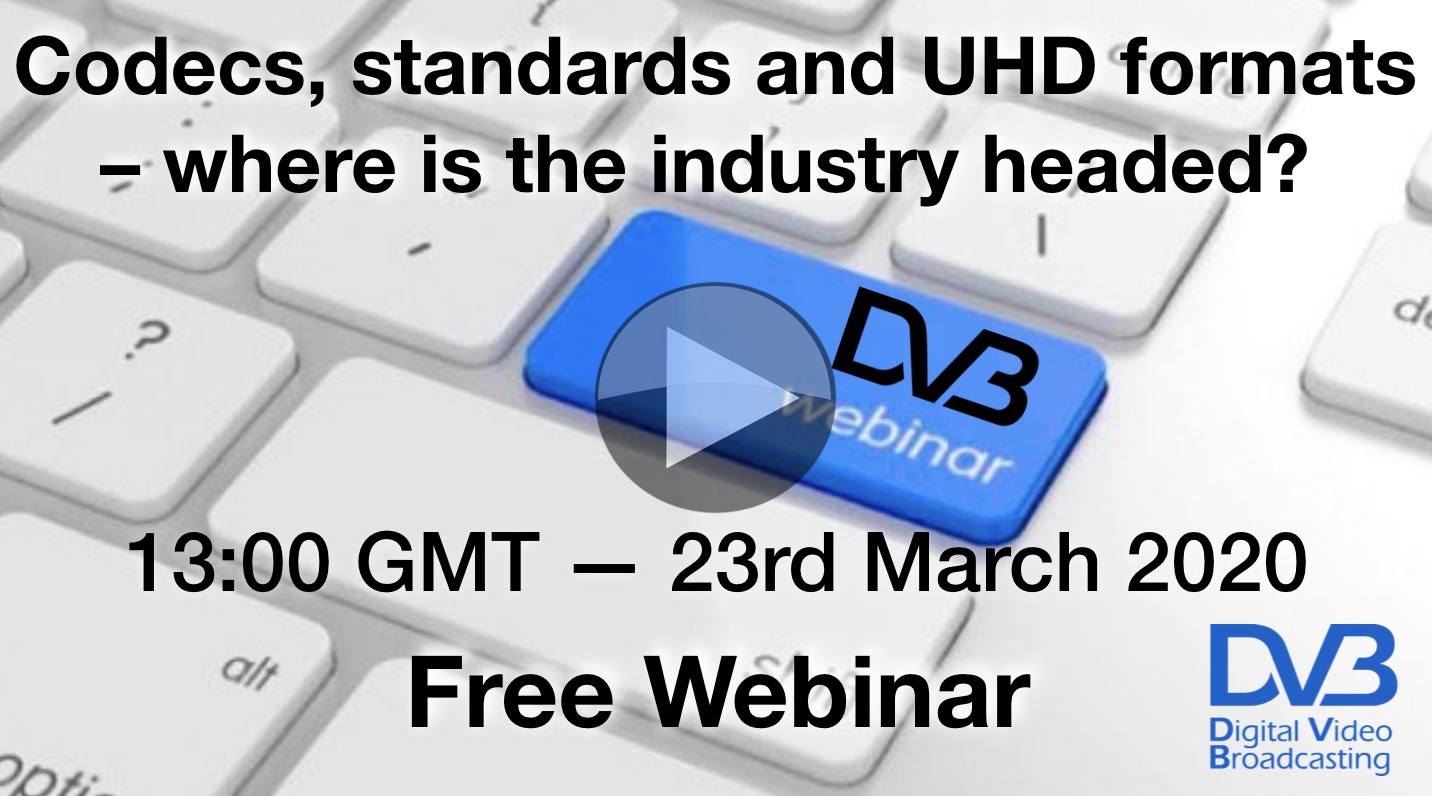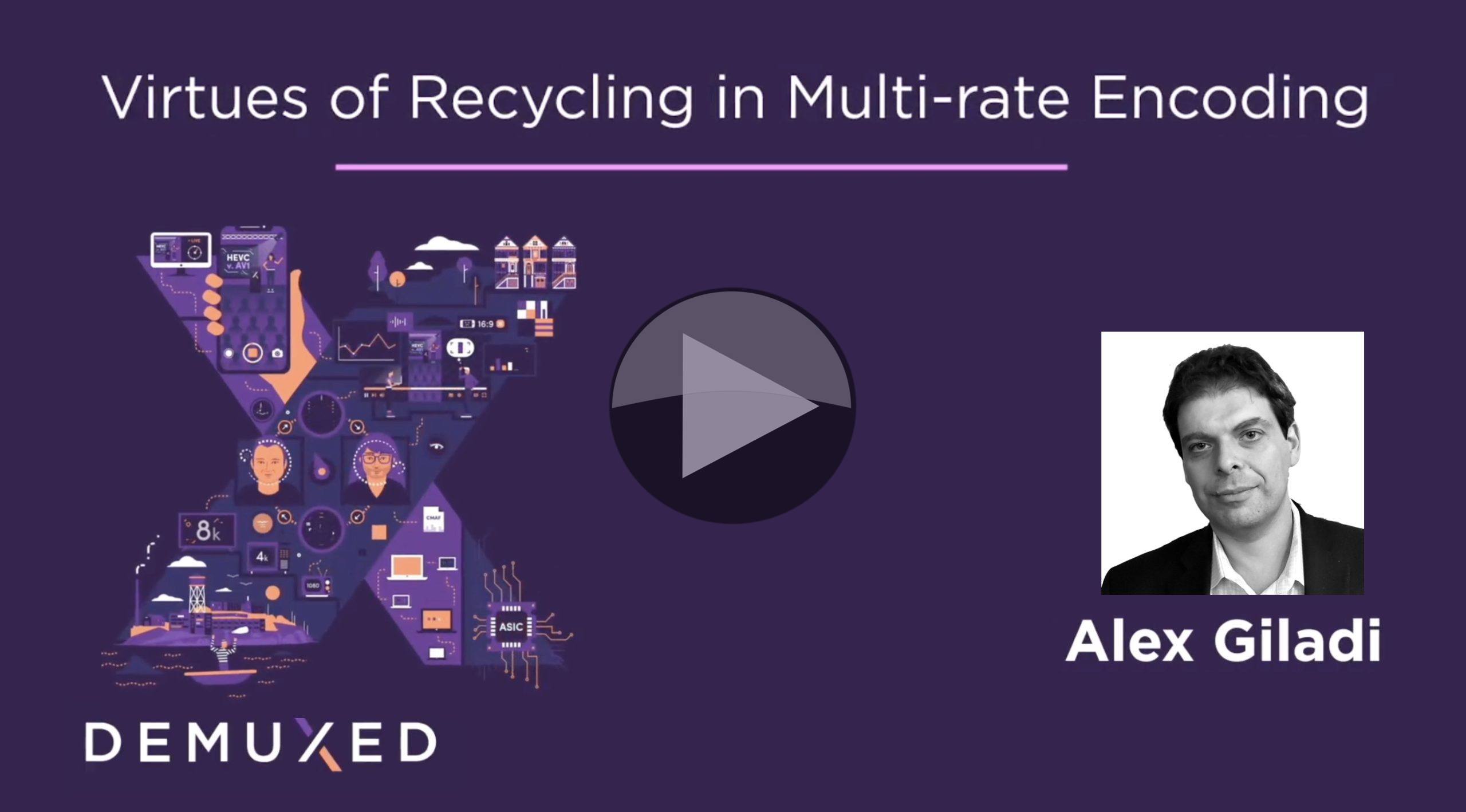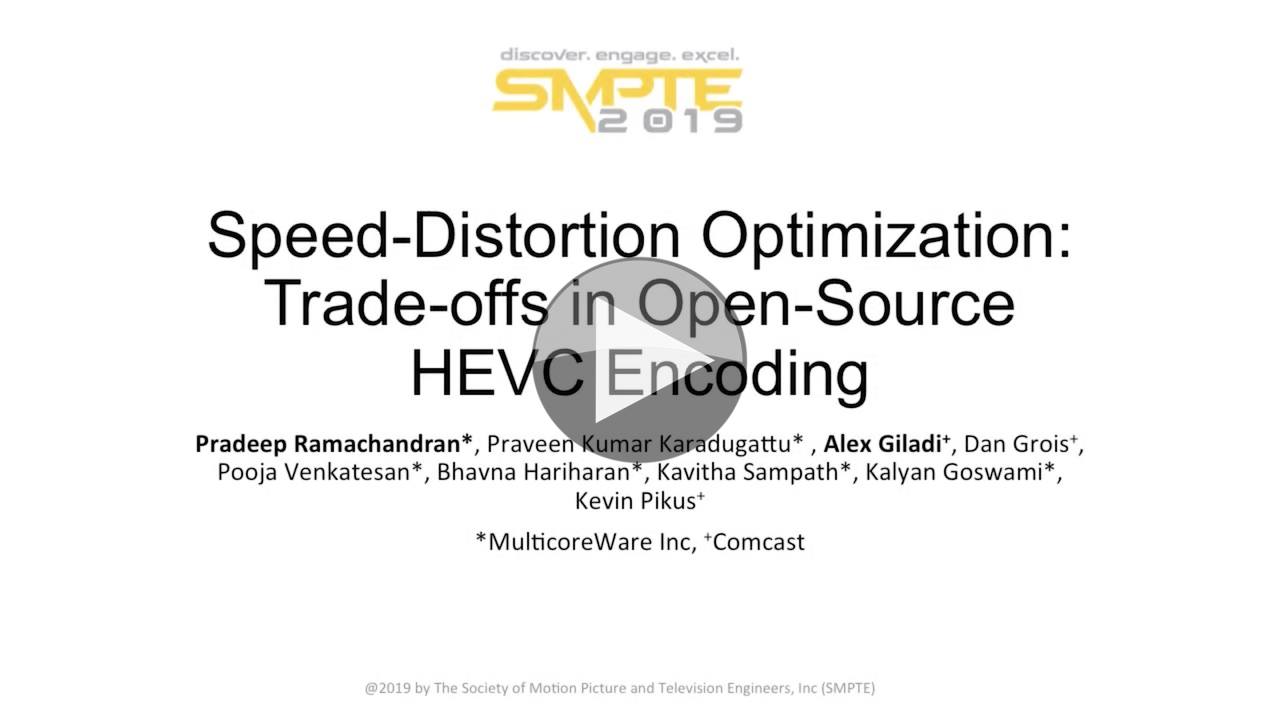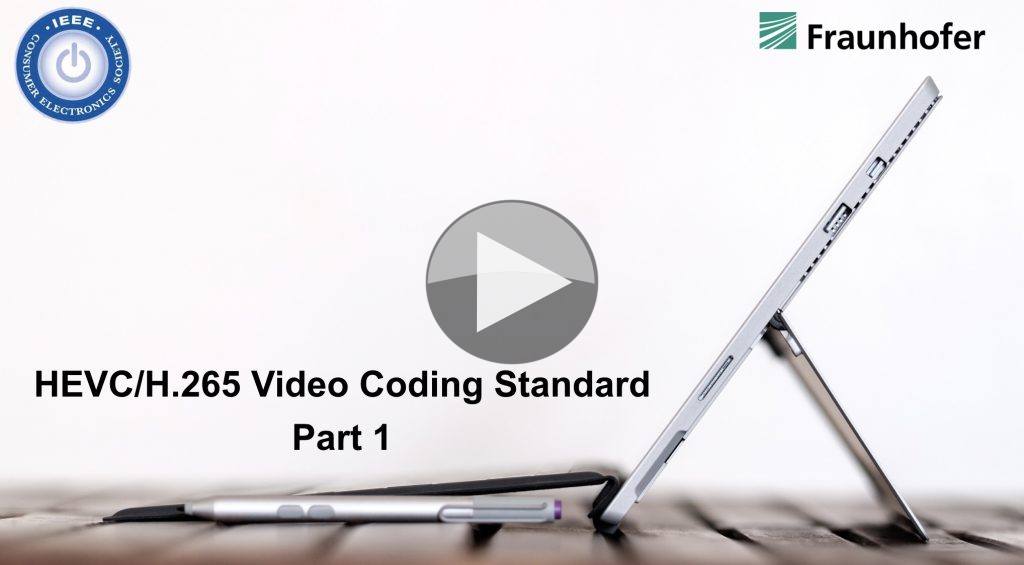Now Available On Demand
UHD transmissions have been available for many years now and form a growing, albeit slow-growing, percentage of channels available. The fact that major players such as Sky and BT Sports in the UK, NBCUniversal and the ailing DirecTV in the US, see fit to broadcast sports in UHD shows that the technology is trusted and mature. But given the prevalence of 4K in films from Netflix, Apple TV+ streaming is actually the largest delivery mechanism for 4K/UHD video into the home.
Following on from last week’s DVB webinar, now available on demand, this webinar from the DVB Project replaces what would have been part of the DVB World 2020 conference and looks at the work that’s gone into getting UHD to were it is now in terms of developing HEVC (also known as H.265), integrating it into broadcast standards plus getting manufacturer support. It then finishes by looking at the successor to HEVC – VVC (Versatile Video Codec)
The host, Ben Swchwarz from the Ultra HD Forum, first introduces Ralf Schaefer who explores the work that was done in order to make UHD for distribution a reality. He’ll do this by looking at the specifications and standards that were created in order to get us where we are today before looking ahead to see what may come next.
Yvonne Thomas from the UK’s Digital TV Group is next and will follow on from Ben by looking at codecs for video and audio. HEVC is seen as the go-to codec for UHD distribution. As the uncompressed bitrate for UHD is often 12Gbps, HEVC’s higher compression ratio compared to AVC and relatively wide adoption makes it a good choice for wide dissemination of a signal. But UHD is more than just video. With UHD and 4K services usually carrying sports or films, ‘next generation audio‘ is really important. Yvonne looks at the video and audio aspects of delivering HEVC and the devices that need to receive it.
Finally we look at VVC, also known as H.266, the successor to HEVC, also known as H.265. ATEME’s Sassan Pejhan gives us a look into why VVC was created, where it currently is within MPEG standardisation and what it aims to achieve in terms of compression. VVC has been covered previously on The Broadcast Knowledge in dedicated talks such as ‘VVC, EVC, LCEVC, WTF?’, ‘VVC Standard on the Final Stretch’, and AV1/VVC Update.
Watch now!
Speakers
 |
Ben Schwarz Communication Working Group Chair, Ultra HD Forum |
 |
Ralf Schaefer VP Standards R&I InterDigital Inc. |
 |
Yvonne Thomas Strategic Technologist DTG (Digital TV Group) |
 |
Sassan Pejhan VP Technology, ATEME |
Video: Virtues of Recycling in Multi-rate Encoding
Recycling may be good for the environment, but it turns out it’s good for bit rate too. Remembering that MPEG (and similar) video compression includes splitting the picture into blocks, decomposing them into basic patterns and also estimating their motion, this talk wonders whether calculations made on the blocks and the motion of these blocks done on the SD picture can be re-used on the HD picture and then again on the UHD picture. If so, this would surely reduce the computation needed.
“The content is perceptually identical,” explains Alex Giladi from Comcast, “…the only difference is how many pixels it occupies.” as he highlights the apparent wastefulness of ABR encoding where the same video is taken in multiple resolutions and encoded independently. The technique starts by analysing the lowest resolution video for motion and re-using the calculations at a higher resolution. Naturally there are aspects which can’t be captured in the lower resolutions, but also there are sensitivities to the bitrate so Alex explains the refinement options which have been developed to adapt to those.
As the talk wraps up, Alex presents the results found which show that the quality is not degraded and there is a better than 2x speed increase. Finally we look at a real-life flow of encoding.
Watch now!
Speakers
 |
Alex Giladi Distinguished Architect, Comcast |
Video: Speed-Distortion Optimization: Tradeoffs in Open Source HEVC Encoding
HEVC, also known as h.265, has been with us for 7 years and whilst its use continues to grow, its penetration remains low in streaming and broadcast transmissions. One reason for this is the increase in compute power it requires. With 4-rung ABR ladder for streaming being so common, a two-fold increase in complexity means finding 8 times as much compute power in your encoder.
This talk, led by MulticoreWare and Comcast, discusses the x.265 codec and the abilities of the presets. Pradeep Ramachandran uses a diagram of the x.265 encode system to expose some of the ways in which x.264 works.
Pradeep then gives an overview of the key tools of HEVC ahead of explaining those they tested against using UHD HDR content. Alex Giladi then takes the stage detailing their use of Dynamically Controlled RDO and how they were able to determine the best combination of modes to create the best encode.
Watch now!
Speakers
 |
Pradeep Ramachandran Principal Engineer in Office of CTO, MulticoreWare |
 |
Alex Giladi Distinguished Engineer, Comcast |
Video: HEVC/H.265 Video Coding Standard
HEVC, also known as H.265 is often discussed even many years after its initial release fro MPEG with some saying that people aren’t using it and others saying its gaining traction. In reality, both sides have a point. Increasingly HEVC is being adopted partly because of wider implementation in products and partly because of a continued push toward higher resolution video which often gives the opportunity to make a clean break from AVC/H.264/MPEG 4.
This expert-led talk looks in detail at HEVC and how it’s constructed. For some, the initial part of the video will be enough. Others will want to bookmark the video to use as reference in their work, whilst still others will want to watch the whole things and will immediately find it puts parts of their work in better context.
Wherever you fit, I think you’ll agree this is a great resource for understanding HEVC streams enabling you to better troubleshoot problems.
Speakers
 |
David Marpe Head of Department Video Coding & Analytics, Fraunhofer Heinrich Hertz Institute |
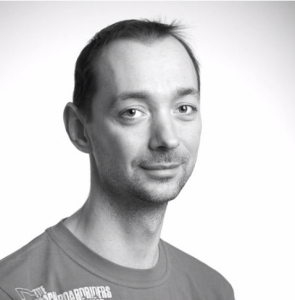 |
Karsten Suehring Project Manager, Fraunhofer Heinrich Hertz Institute |
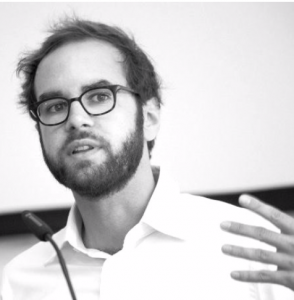 |
Benjamin Bross Project Manager, Fraunhofer Heinrich Hertz Institute |
 |
Dan Grois Former Senior Researcher, Fraunhofer Heinrich Hertz Institute |

